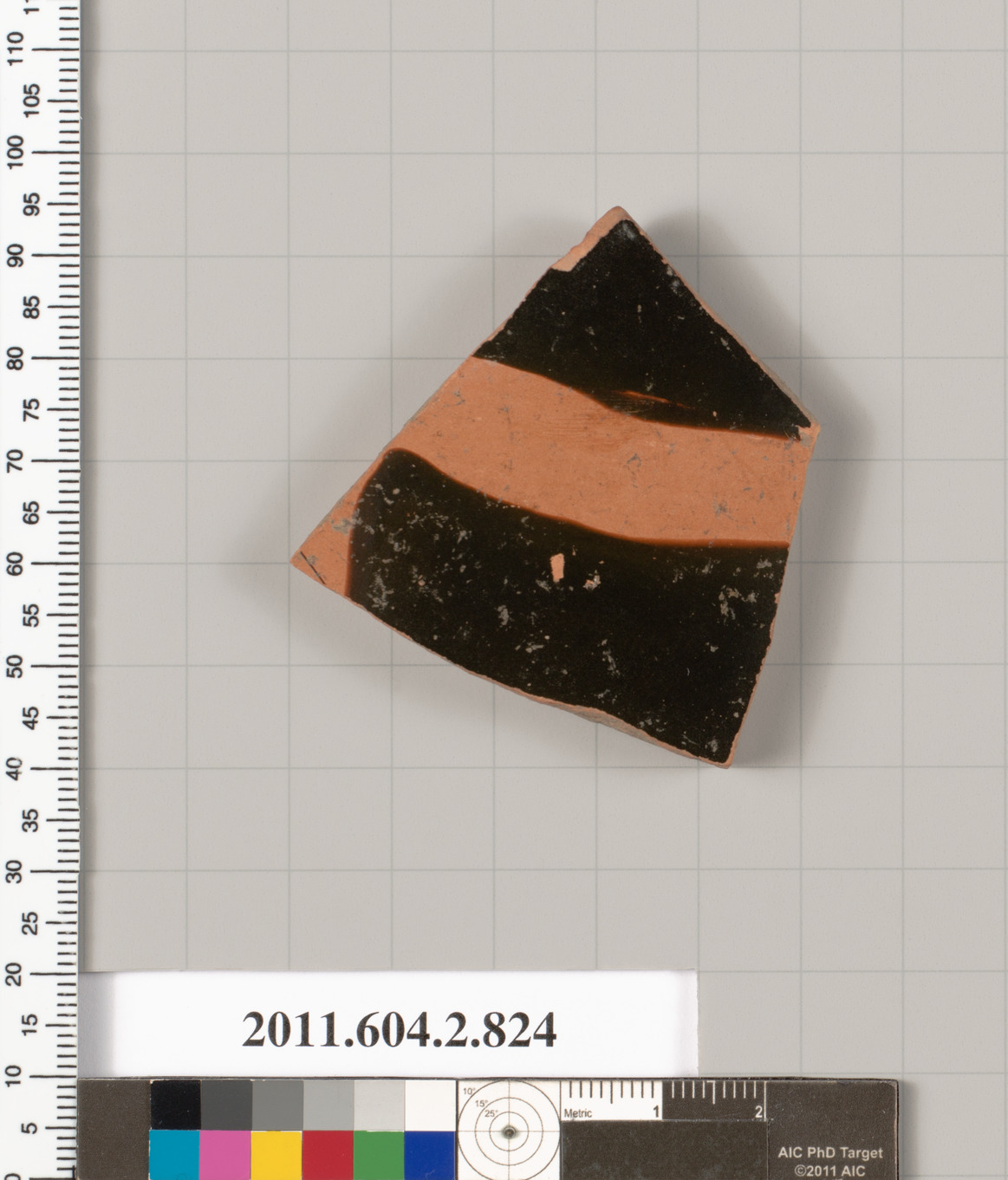

The fresh oxygen supply turned the pottery back to red. The kiln was then starved of oxygen and filled with carbon monoxide (by using wet fuel), causing the slip to turn black. Careful control of the firing process allowed Greek potters to oxidise the body of the pot, turning it red, by keeping the kiln well ventilated. The vase is decorated in the 'red figure' technique in which the areas surrounding the figures are painted in a slip (mixture of clay and water), leaving the red pottery showing through. These formed the nucleus for Hope's own collection of vases, which he displayed at Duchess Street. In 1801 Hope purchased the second collection of ancient vases formed by Sir William Hamilton, formerly the British Ambassador to the Naples court. (1807), illustrating objects he had designed for his London house at Duchess Street. The most important of these publications was Household Furniture and Interior Decoration. The vase was once owned by Thomas Hope (1769-1831), the collector, connoisseur, patron and designer, who published a number of influential books of designs. Margaret Ellen Mayo, The Art of South Italy, Vases fro Magna Greacia.Size: L:243mm / W:263mm 1.3KgProvenance:Ex Private South London Dealer, Ex From the private collection of a Somerset gentleman previously in an old British collection, formed before 2000 on the UK /European art markets.The krater was an ancient Greek vase with two handles that was used to mix wine and water. The vessel featuring a stylised composite palmettes beneath each handle, frets surrounding the handle terminals, a register of meander below the scenes. The B-side shows two facing draped youths in conversation. Facing her on the left, a naked youth, his head adorned with curly coiffure and a himation draped over his outstretched left arm.

She holds a thyrsus in her left hand and a pyxis in her right. She is draped in a diaphanous garment pinned at the shoulders, bedecked with bracelets, a beaded necklace, drop earrings, and ribbons. Above the belt, the garment is bloused to form a kolpos. Side A features a seated maenad, wearing a stylised chiton fastened below her breasts by a belt. An exquisite Apulian bell krater with its surface area painted via the red-figure technique with added fugitive yellow pigment.


 0 kommentar(er)
0 kommentar(er)
